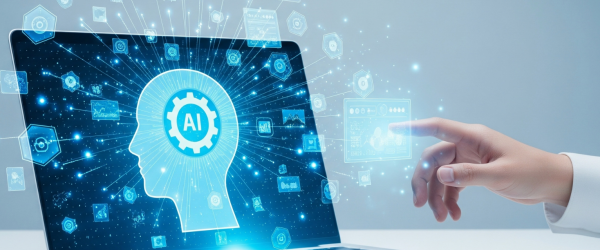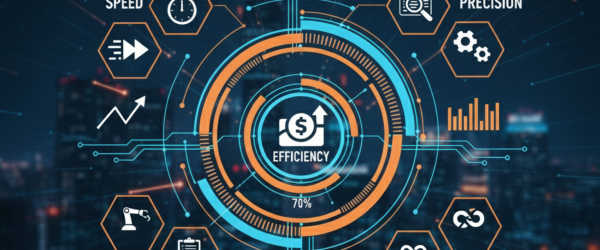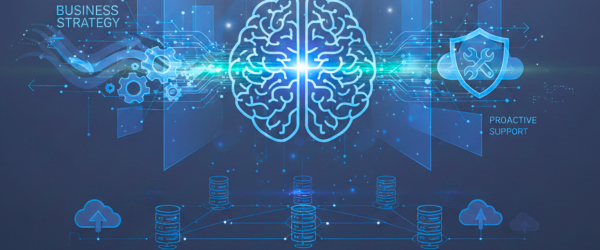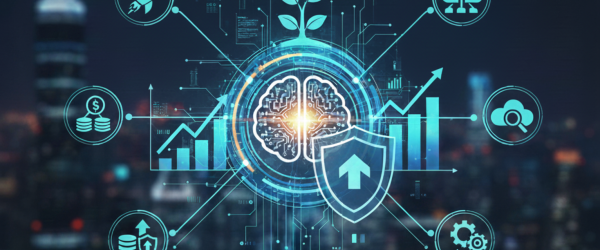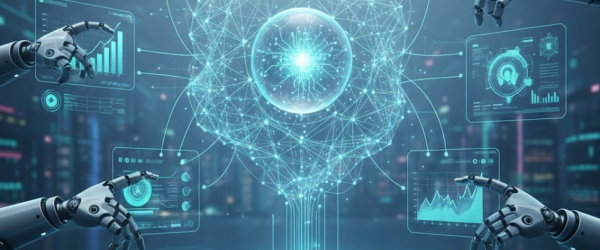In the ever-evolving landscape of digital security, biometric authentication has emerged as a cornerstone technology, offering a robust and user-friendly approach to identity verification. This blog will delve into the latest developments in biometric authentication, exploring its current applications, technological advancements, benefits, challenges, and the future trajectory of this groundbreaking field.
Introduction: The Rise of Biometric Authentication
Biometric authentication, a technology rooted in ancient history but rapidly advancing in the digital age, leverages unique biological markers for identity verification. From fingerprints to facial recognition and beyond, the evolution of biometrics has transformed how individuals and organizations secure sensitive information.
Current Landscape of Biometric Authentication
1. Biometric Methods and Modalities
The range of biometric methods continues to expand, incorporating various modalities for heightened security. Traditional methods like fingerprint scanning and facial recognition are now complemented by emerging technologies such as vein pattern recognition, heartbeat analysis, and even brainwave authentication.
2. Multi-Modal Biometrics
Recent advancements emphasize the adoption of multi-modal biometrics, combining multiple authentication factors for increased accuracy and reliability. Integrating facial recognition with voice analysis or fingerprint scanning enhances security while offering a seamless user experience.
Technological Advancements in Biometric Authentication
1. Machine Learning and AI
Machine learning and artificial intelligence have propelled biometric authentication to new heights. These technologies enable systems to adapt and learn, continuously improving accuracy and adapting to changes in individual biometric characteristics.
2. Contactless Biometrics
In response to the global pandemic, contactless biometric solutions have gained prominence. Iris recognition, gait analysis, and temperature screening have become crucial in public spaces, providing secure authentication without physical contact.
3. 3D Facial Recognition
Applications Across Industries
The advent of 3D facial recognition adds an extra layer of precision, mitigating the risk of spoofing and ensuring accurate identification. This technology has found applications in diverse sectors, from smartphone unlocking to airport security.
Biometric authentication’s versatility is evident in its applications across various industries:
1. Finance and Banking
Financial institutions leverage biometric authentication to enhance the security of online transactions, with fingerprints and facial recognition replacing traditional passwords.
2. Healthcare
In healthcare, biometrics play a pivotal role in patient identification, secure access to medical records, and contactless monitoring of vital signs.
3. Government and Law Enforcement
Governments use biometrics for border control, passport verification, and criminal identification. Law enforcement agencies benefit from rapid and accurate suspect identification through facial recognition.
4. Smartphones and IoT Devices
Biometric authentication is now a standard feature in smartphones, with fingerprint sensors, facial recognition, and even iris scanning providing secure access. The integration of biometrics into IoT devices enhances overall security.
The Benefits of Biometric Authentication
1. Enhanced Security
Biometric authentication significantly reduces the risk of identity theft and fraud. The uniqueness and complexity of biometric features make it exceptionally challenging for unauthorized individuals to gain access.
2. User Convenience
The elimination of passwords and the seamless nature of biometric authentication enhance user convenience. Individuals can access devices, applications, and secure spaces effortlessly.
3. Efficiency and Time-Saving
Biometric processes are streamlined and efficient. Whether at an airport security checkpoint or unlocking a smartphone, the speed of biometric authentication saves valuable time.
Challenges and Ethical Considerations
Despite its numerous advantages, biometric authentication faces challenges that require careful consideration:
1. Implicit Biases
Facial recognition technology, in particular, has been criticized for inherent biases. Addressing these biases is crucial to ensure fair and accurate identification, avoiding potential discriminatory outcomes.
2. Privacy Concerns
The extensive collection of biometric data raises privacy concerns. Regulations and policies must be in place to safeguard individuals’ rights and prevent misuse of sensitive information.
3. Security Risks
While biometric data is inherently secure, the storage and transmission of this data pose security risks. Encryption methods must continually evolve to counter potential threats from malicious actors.
Looking Ahead: The Future of Biometric Authentication
The future of biometric authentication holds exciting possibilities:
1. Continuous Innovation
Ongoing research and development will bring forth innovative biometric solutions, addressing current challenges and expanding the technology’s applications.
2. Blockchain Integration
Blockchain technology may play a role in enhancing the security of biometric data storage and transmission, providing decentralized and tamper-resistant solutions.
3. Global Standardization
As biometric authentication becomes ubiquitous, efforts towards global standardization will ensure interoperability and consistent security standards across industries and regions.
Conclusion: Embracing a Secure Digital Future
In conclusion, biometric authentication stands at the forefront of digital security, offering a dynamic and effective means of identity verification. The continuous evolution of biometric technologies, coupled with responsible deployment and addressing ethical concerns, paves the way for a secure and user-friendly digital future. As organizations and individuals embrace these advancements, the potential for a safer and more connected world becomes increasingly tangible.
Thank you for reading. For continued insights and in-depth discussions, please follow our blogs at Ezeiatech.



